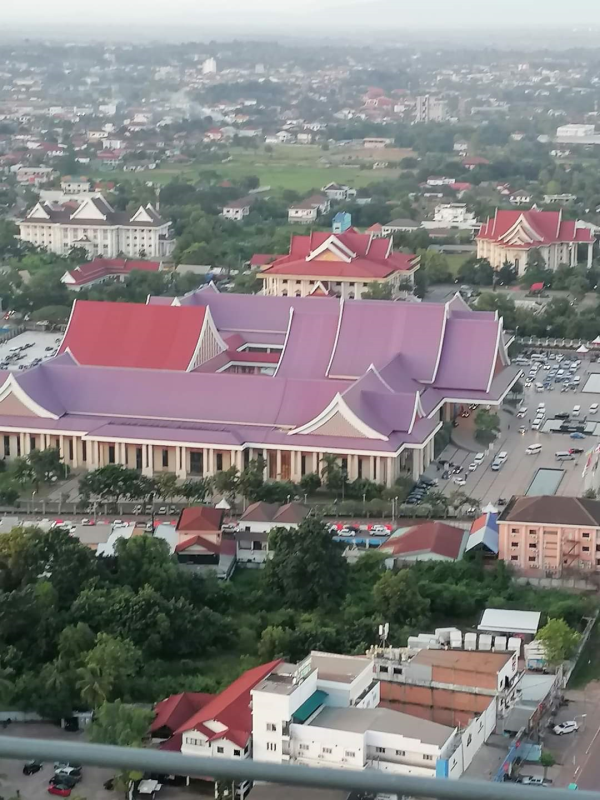KPL
Vientiane, Nov 7, 2024 – Laos’ economy has shown slight growth this year, but a heavy debt burden and ongoing macroeconomic instability continue to limit its potential, according to the World Bank's latest Lao PDR Economic Monitor: Reforms for Stability and Growth.

(KPL) Vientiane, Nov 7, 2024 – Laos’ economy has shown slight growth this year, but a heavy debt burden and ongoing macroeconomic instability continue to limit its potential, according to the World Bank's latest Lao PDR Economic Monitor: Reforms for Stability and Growth. Persistent issues with public debt, inflation, and currency weakness are pressing down on purchasing power and raising costs for businesses in the Lao PDR.
Despite some positive performance in key sectors, such as tourism and energy, underlying challenges are restraining Laos’ economic outlook. The kip has depreciated sharply, losing 19% of its value against the US dollar in official markets and 28% on the parallel market between January and September 2024. The currency’s drop has pushed inflation to an average of 25% in the same period, eroding consumer purchasing power. For every 1% depreciation in the parallel market, private consumption falls by 0.6%, diminishing domestic demand and overall welfare.
“Laos has managed to stabilize its public finances this year,” said Alex Kremer, World Bank Country Manager for Lao PDR. “But this has largely been achieved through deferring debt payments and restricting public spending, particularly in critical areas like health, education, and social protection. Underinvesting in human capital will ultimately harm the country’s productivity and competitiveness.”
The World Bank’s report highlights that economic reforms are essential to restore stability and enable sustainable growth. Recommendations include raising the state’s revenue base by restructuring excise duties and phasing out tax incentives that are often embedded in investment agreements. A credible debt restructuring strategy is also essential to regain control over Laos’ debt sustainability.
Laos’ GDP is expected to grow by around 4.1% in 2024, with strength from the tourism, transport, logistics, and energy sectors. However, the effects of inflation are reducing real household incomes, shrinking family savings, and cutting spending on education and healthcare. These challenges pose long-term risks for human capital development and overall economic resilience.
This edition of the Lao Economic Monitor also discusses health-related tax reforms, advocating for higher excise taxes on tobacco, alcohol, and sugary drinks. Increasing these taxes would both curb demand for unhealthy products and generate additional revenue for the government. Despite a recent increase in excise taxes, the World Bank notes that current regulations have limited impact on smoking rates and tax revenue due to a longstanding agreement that shields tobacco products from excise adjustments. The World Bank strongly advises against renewing this agreement, recommending a modest tax reform on tobacco and alcohol that could raise over 2.75 trillion kip in the first year—equivalent to nearly 0.8% of GDP.
KPL